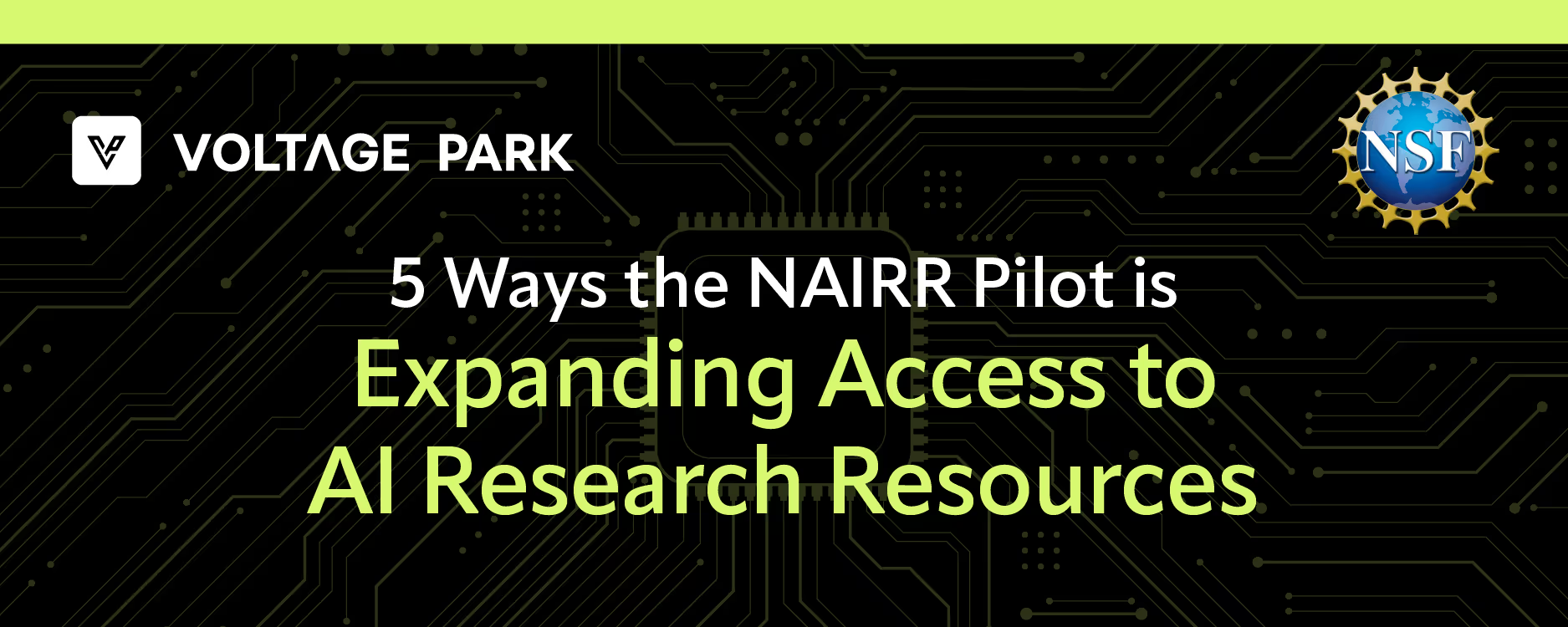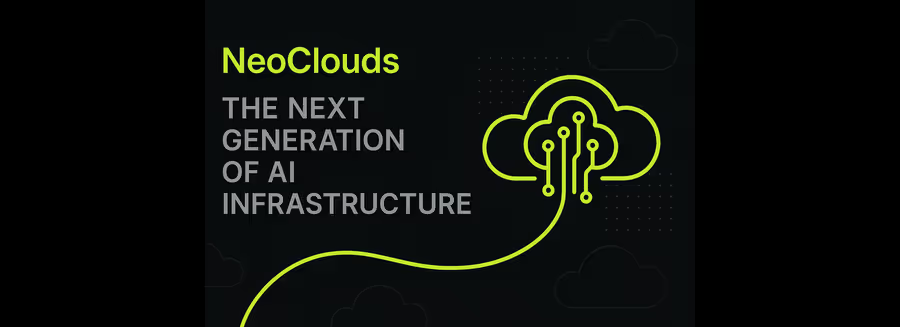5 Ways the NAIRR Pilot is Expanding Access to AI Research Resources

Access to high-performance artificial intelligence compute remains one of the biggest bottlenecks in AI research. Just this year, Stanford’s Artificial Intelligence Index Report 2025 found 45% of surveyed organizations cited resource or budget constraints as their biggest obstacle to implementing responsible AI measures.
The largest obstacle, at 51%, was knowledge and training gaps.
Statistics like these underscore the need for the National AI Research Resource (NAIRR) pilot. The two-year initiative launched by the U.S. National Science Foundation (NSF) is taking on a lofty goal: democratize access to the compute, data, and tools that drive cutting-edge AI discoveries. It’s the same goal we have here at Voltage Park, and is why we are proud to sign on as the only neocloud partner in the program. We’re contributing one million hours of NVIDIA H100 GPU compute as well as direct support for researchers working on high-impact problems across fields like science, engineering, health, and climate.
5 ways the NAIRR pilot expands access to AI resources
Free, top-tier compute for AI researchers
At the core of the NAIRR pilot is a simple goal: make high-performance infrastructure available to a broader range of researchers.
Voltage Park’s contribution of one million H100 HGX GPU hours gives participating teams access to some of the most advanced AI hardware available today, without the cost or complexity that comes with owning or managing the compute. Leaning on our infrastructure frees up researchers to focus on what matters to them: training large models, running simulations, and scaling experimentation without having to wait for capital approval or long procurement cycles.
Matched to the people doing the work
With access to expert support and training assistance, the NAIRR pilot isn’t just delivering hardware, it is reducing friction between teams and complexity in siloed workflows (for people, machines and AI). A key component of our involvement is our ability to match our professional support resources to the right workloads so performant infrastructure can be accessed at any moment, by any team.
A more inclusive AI research project ecosystem
Well-funded institutions usually make the headlines for their advancements in science and technology while smaller labs, programs, startups and non-profit organizations struggle to secure the compute they need to contribute in these arenas.
The disparity doesn’t happen at the highest level. Some of the largest accessibility issues are seen in the earliest stages of future researchers’ educational careers. The 2025 AI Index report found access to, and enrollment in, high school computer science courses has increased slightly in previous years, but gaps remain. Student access and participation varies state-to-state, by race, gender, school size, geography, income and gender. The pilot’s removal of cost and access barriers to researchers will foster more participation from a more diverse and representative pool of AI talent.
A scalable public-private model for AI infrastructure
Voltage Park joins 27 other partners—including 12 federal agencies—in a whole-of-nation effort to scale AI innovation responsibly. More than 440 research projects are currently supported across 48 states. Community workshops are either in development or have already happened, and applications for access to computing and educational platforms continue to be taking applicants via the NAIRR pilot website.
This is more than a list of numbers - it is proof that when the public and private sectors work together, we can improve outcomes and access for untapped technological talent across the country.
The blueprint for the future
The NAIRR pilot is a proof of concept, but it is also the foundation of something bigger. The insights and infrastructure that come out of this pilot will help shape the framework for a national AI resourcing community. From usage patterns to support needs for scaling, the pilot is collecting data that will inform how the U.S. and major corporations can - and should - invest in shared research in the future.
For researchers and the AI evolution as a whole, this isn’t a temporary grant. It is a preview and starting point that will show us how we can build a more accessible, connected future that will support innovation, workforce development, and global competitiveness for years to come.
Interested in applying? Use this link.
Voltage Park is proud to help lay the foundation
We are on a mission to make enterprise-grade AI infrastructure accessible to all. We believe the future of AI should be tapped by those with ideas - not just access. That’s why we are contributing compute and support to help the NSF's NAIRR pilot succeed.
Learn more about why AI researchers and startups trust Voltage Park as their foundational AI cloud infrastructure.
%201.avif)


